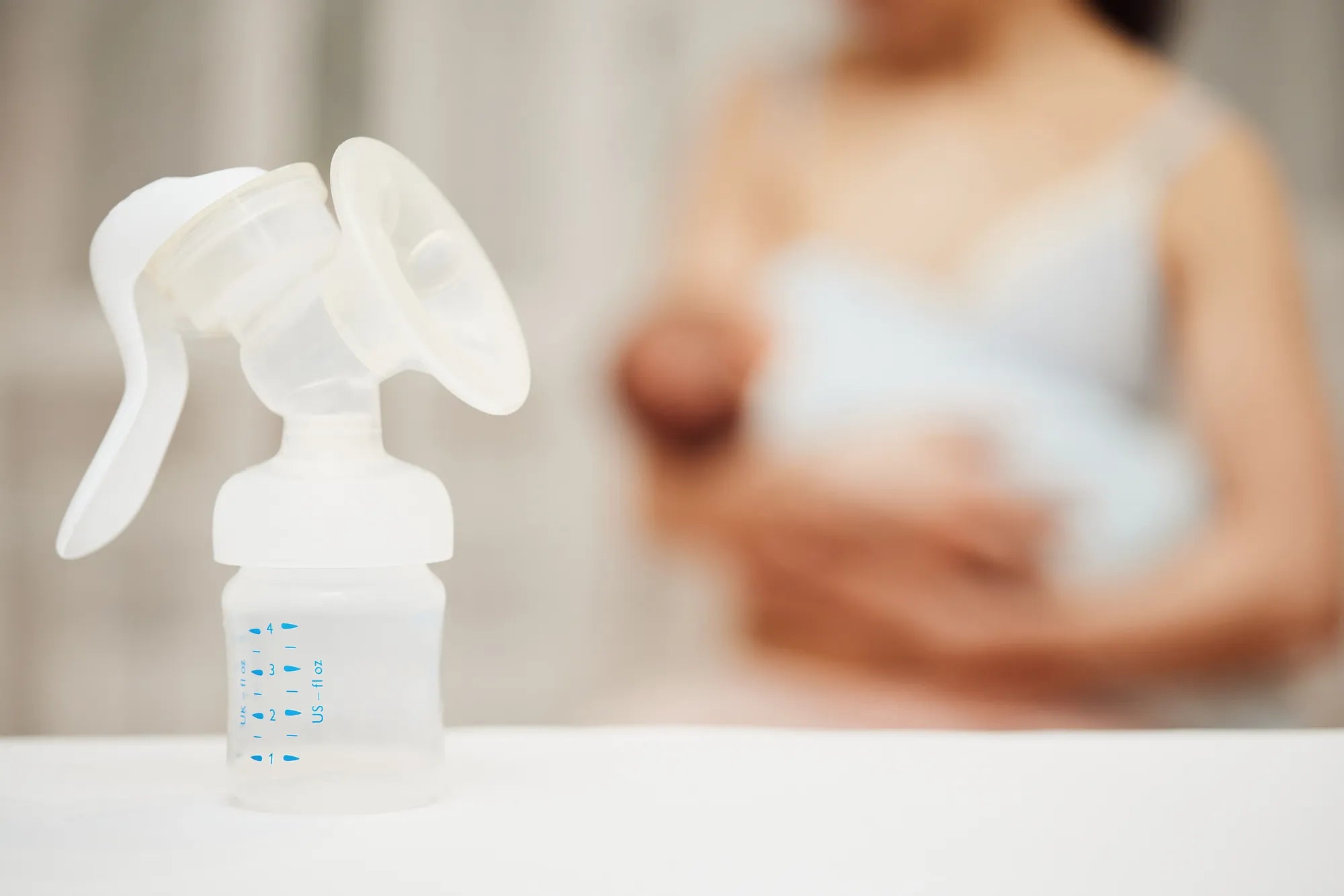Home
Pregnancy, Breastfeeding, and Pumping: The Ultimate Guide for Moms
Do Babies Get More Milk from Breast or Pump: A Comprehensive Guide

Do Babies Get More Milk from Breast or Pump: A Comprehensive Guide
When it comes to feeding your baby, one of the most common questions parents ask is whether babies get more milk directly from the breast or from a pump. The answer isn’t straightforward, as it depends on various factors, including the mother’s milk supply, the baby’s feeding habits, and the efficiency of the pumping equipment. This article dives deep into the nuances of breastfeeding and pumping to help you make informed decisions for your baby’s nutrition.
Understanding Milk Transfer: Breast vs. Pump
Milk transfer refers to the amount of milk a baby receives during a feeding session. When breastfeeding, the baby’s ability to latch and suckle effectively plays a significant role in how much milk they consume. On the other hand, pumping relies on mechanical suction to extract milk from the breast. Both methods have their pros and cons, and understanding them can help you determine which option works best for you and your baby.
Factors Influencing Milk Transfer During Breastfeeding
Several factors can affect how much milk a baby gets directly from the breast. These include:
- Latch Quality: A proper latch ensures that the baby can effectively extract milk. A shallow or incorrect latch can reduce milk transfer.
- Milk Supply: Mothers with a robust milk supply are more likely to provide sufficient milk during breastfeeding sessions.
- Baby’s Sucking Reflex: Some babies have a stronger sucking reflex, which allows them to extract more milk efficiently.
- Feeding Duration: Longer feeding sessions can result in higher milk intake, provided the baby is actively suckling.
Factors Influencing Milk Transfer During Pumping
Pumping milk also has its own set of variables that can impact the amount of milk extracted. These include:
- Pump Efficiency: High-quality pumps with adjustable suction levels can mimic a baby’s natural sucking pattern, leading to better milk extraction.
- Pumping Frequency: Regular pumping sessions can help maintain or increase milk supply, ensuring that enough milk is available for the baby.
- Mother’s Comfort: Stress or discomfort during pumping can reduce milk letdown, affecting the amount of milk collected.
- Breast Shield Fit: Using the correct breast shield size is crucial for effective milk extraction.
Comparing Milk Transfer: Breast vs. Pump
While breastfeeding is often considered the gold standard for infant feeding, pumping can be a viable alternative, especially for mothers who need to return to work or have difficulty breastfeeding. Studies suggest that babies may consume slightly more milk during breastfeeding due to the natural stimulation of the baby’s sucking. However, pumping can be equally effective if done correctly and consistently.
Tips for Optimizing Milk Transfer
Whether you choose breastfeeding, pumping, or a combination of both, here are some tips to maximize milk transfer:
- Establish a Routine: Consistent feeding or pumping schedules can help regulate milk supply.
- Stay Hydrated: Drinking plenty of water is essential for maintaining milk production.
- Monitor Baby’s Growth: Regular weight checks can help ensure that your baby is getting enough milk.
- Seek Support: Lactation consultants can provide valuable guidance for improving breastfeeding or pumping techniques.
When to Consider Pumping
Pumping can be a practical solution in certain situations, such as:
- Returning to Work: Pumping allows mothers to continue providing breast milk even when they’re away from their baby.
- Low Milk Supply: Frequent pumping can help stimulate milk production in mothers with low supply.
- Medical Conditions: Some babies or mothers may have medical conditions that make breastfeeding challenging.
Balancing Breastfeeding and Pumping
Many mothers find that a combination of breastfeeding and pumping works best for their lifestyle and their baby’s needs. This approach allows for flexibility while ensuring that the baby receives the nutritional benefits of breast milk. Experimenting with different methods and seeking professional advice can help you find the right balance.
Ultimately, the choice between breastfeeding and pumping depends on your unique circumstances and preferences. By understanding the factors that influence milk transfer and implementing strategies to optimize feeding, you can ensure that your baby receives the nourishment they need to thrive. Whether you choose the breast, the pump, or both, the most important thing is that your baby is healthy and well-fed.
Share

